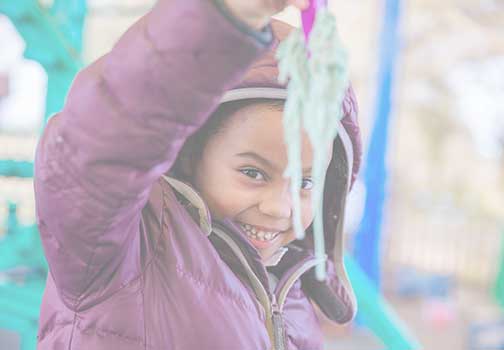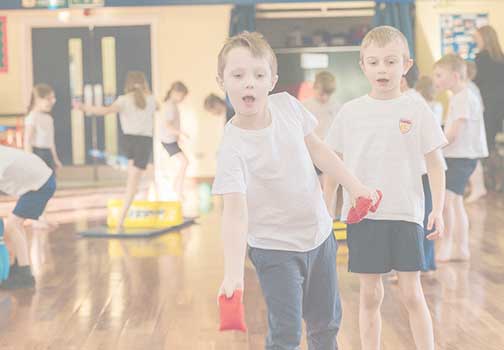Geography
Intent:
In Geography, we intend to inspire pupils with a curiosity and fascination about the world and its people. Pupils will gain knowledge about diverse places, people, resources and natural and human environments, together with a deep understanding of the Earth’s key physical and human processes. We intend to develop children’s competency in the geographical skills through the use of fieldwork, maps, diagrams, globes, aerial photographs and Geographical Information Systems (GIS).
Implementation
At Capel during the Spring Term, Geography is the main focus of our project lessons (Explore), where children are learning to answer a concept question. Year 2 are trying to answer the question, "Does where we live affect how we live?" and Year 5 are trying to answer the question, "Can we always control the change in the world?"
However, lessons are taught throughout the year. Using the national curriculum, we have carefully mapped the progression of skills and knowledge, taking care to take advantage of the geography in our local region.
Each year, children's knowledge and skills are built upon so that progression can be seen clearly throughout the school. From our youngest students in Early Years to our oldest in Year Six, all students are exposed to major geographic ideas each year, allowing them to explore, develop, and embed their skills, knowledge, and understanding. At Capel, our golden threads run through our curriculum and progression for EYFS to Year 6. These are maps, questions, human geography and physical geography (more details can be found in the attached document below).
We have also recently started exploring the world with Lyfta and their immersive online learning platform. This allows children to experience the lives of real people and gives them access to diverse people, places and perspectives through interactive spaces and short films.
The Early Years provide the first opportunity to see how a child interacts with and is influenced by their environment. By allowing children to explore, observe, and learn about people, places, technology, and the environment, the Early Years Foundation Stage (EYFS) Statutory Framework, followed by staff, aims to help children make sense of their physical world and their community. This is the first step in becoming a geographer.
The subject leader monitors teaching and learning through looking at work in books to ensure curriculum coverage talking to children to understand what they know, what they have learnt and what they have enjoyed.
Impact
At Capel, quality first teaching in geography will foster a love and enthusiasm for the subject.
Children leave Capel with a strong knowledge of our local area and confidence of the location of other countries and cities around the world. Children are able to confidently discuss a variety of events and where they happened in the world. In addition, it explains aspects of human and physical geography and confidently uses maps and atlases, both physical and digital. We want children to thoroughly enjoy learning about geography, encouraging them to explore the world around them.
Through the pupil voice completed at the end of last academic year. It was clear that all the children had a clear understanding of what geography is. They could talk in great detail about what they had learnt, both knowledge and skills and how they thought Geography would benefit them in the future. It was clear that our Year 6’s were extremely proud of their place knowledge and country location.
Below are pictures of Geography lessons, work and displays at Capel.
What our children think
" We learn about the world and look at maps" - Year 1
"We have been learning about Kenya, we have used google maps, atlas and the globe to find it. We made some Kenyan food in cooking."- Year 2
"We have been learning about mountains in Geography. We did some mountains in art too! I really enjoyed it." - Year 5
Below you can find the Geography progression maps and golden threads.



























